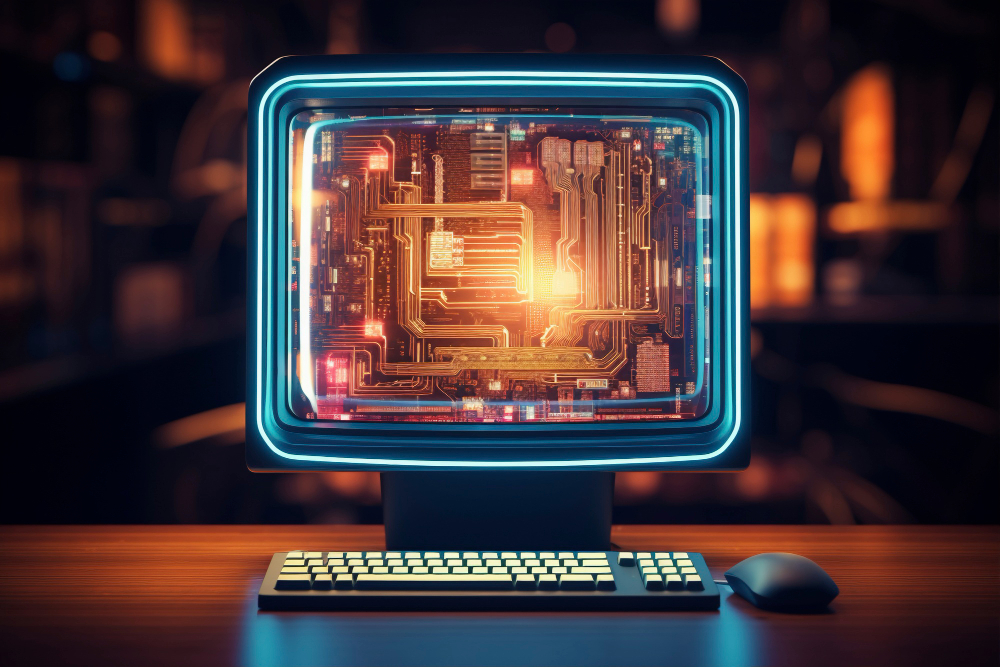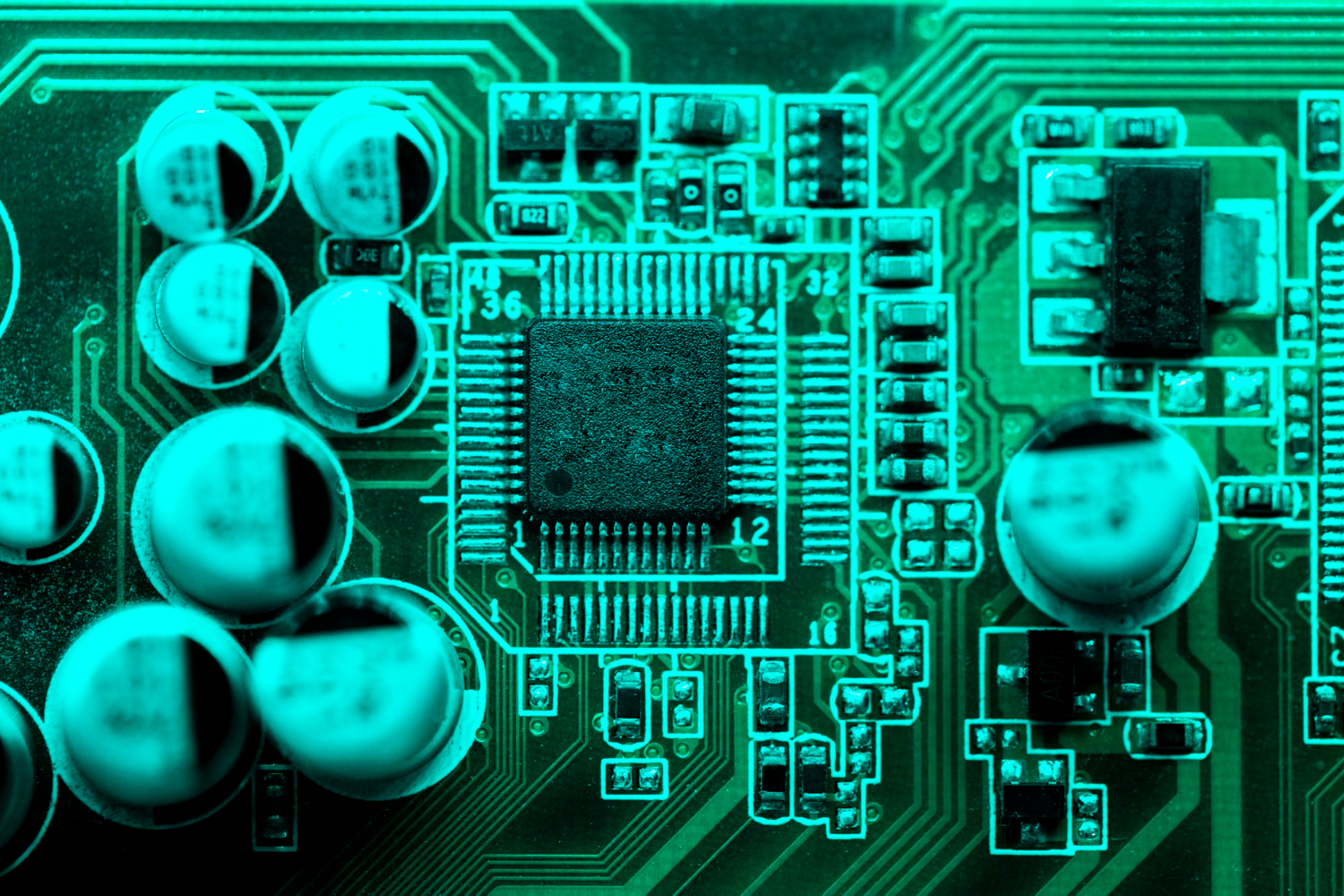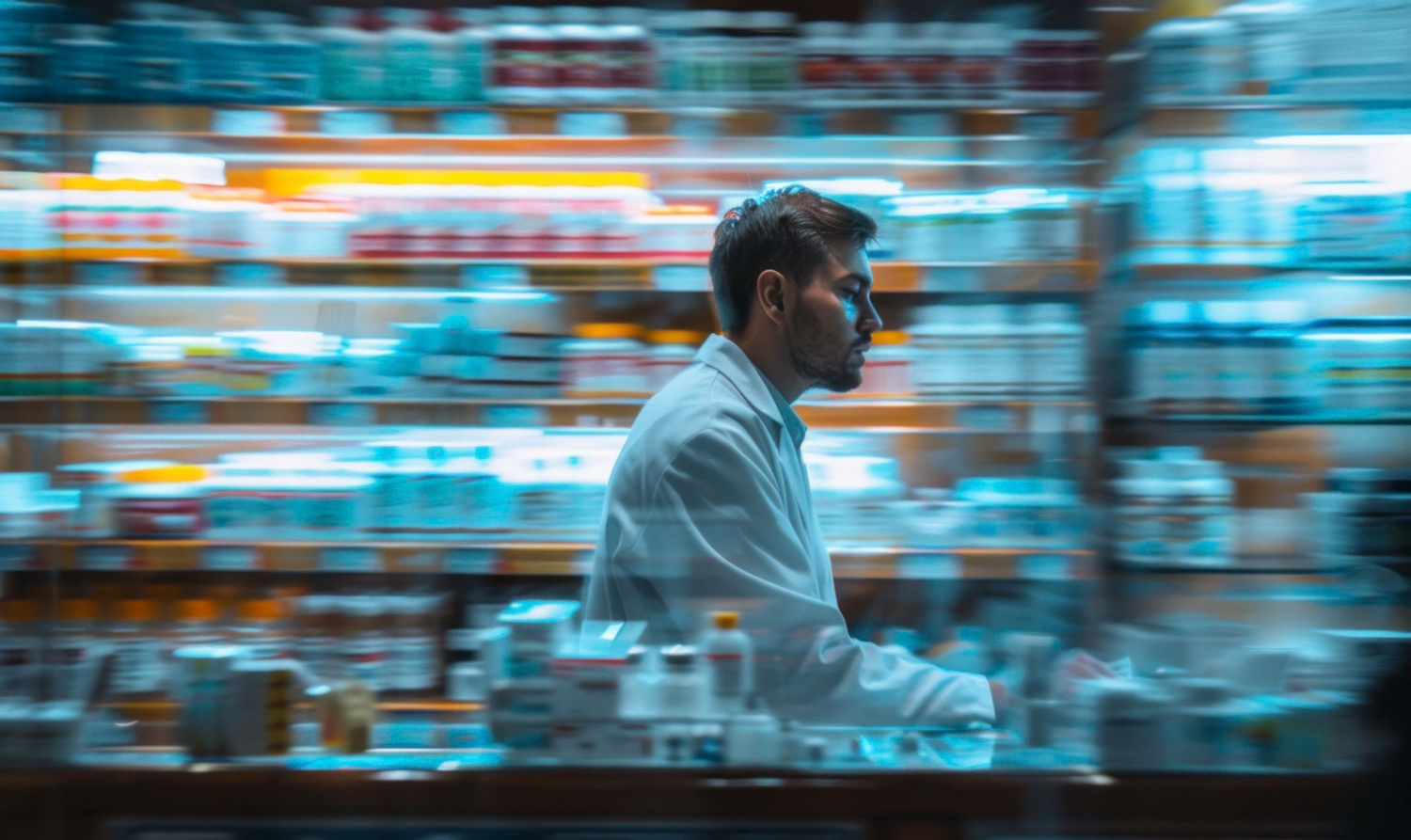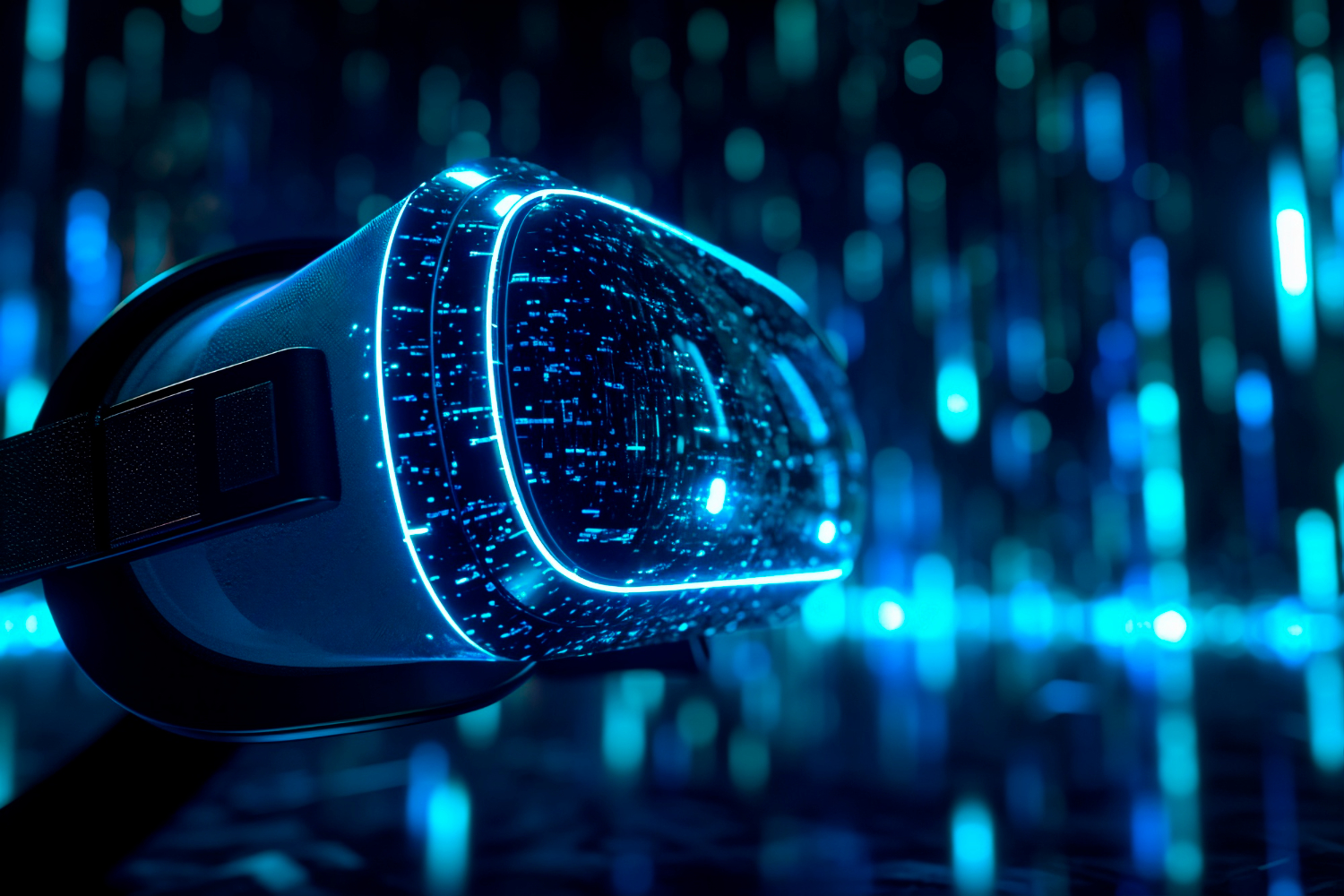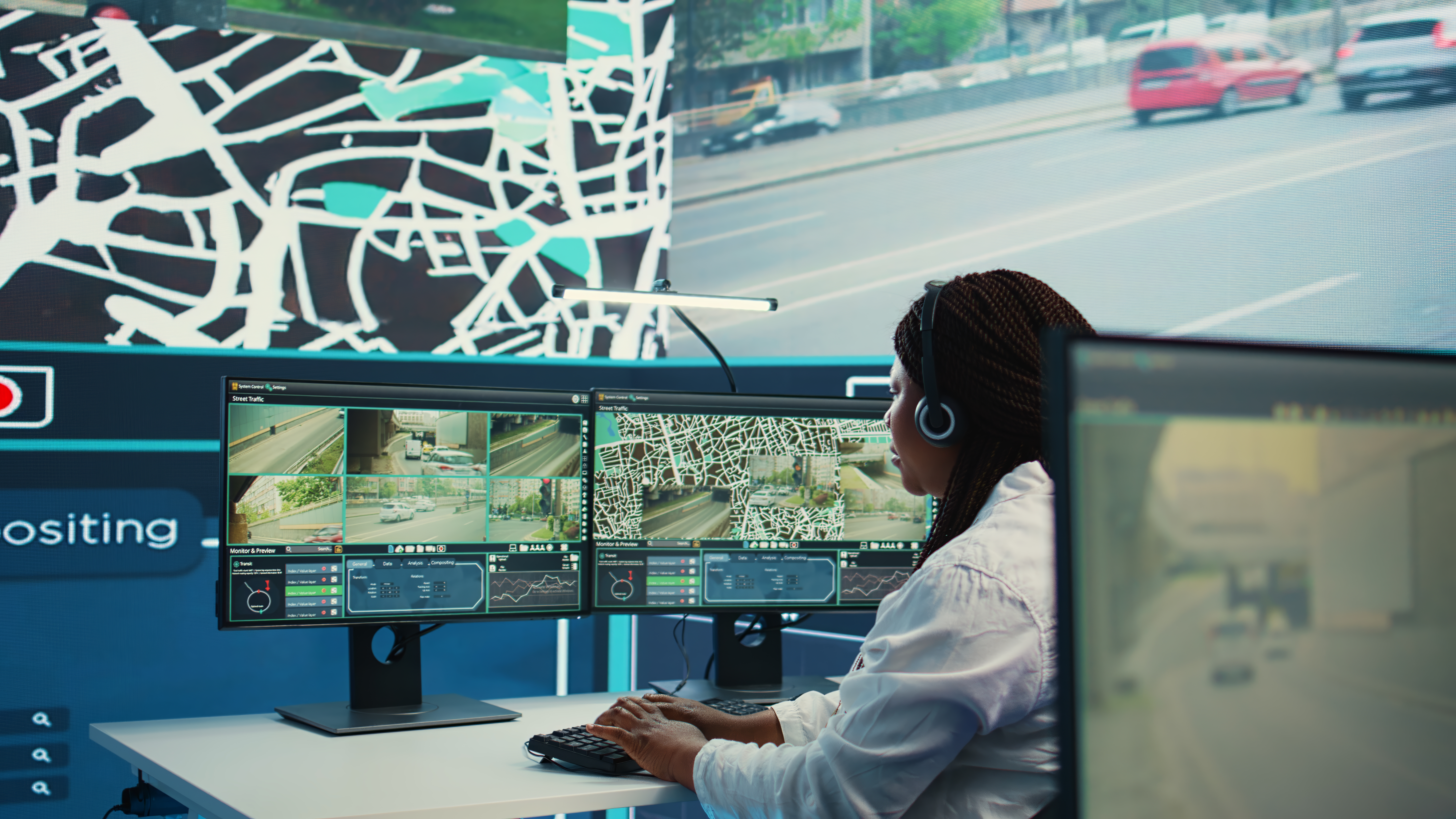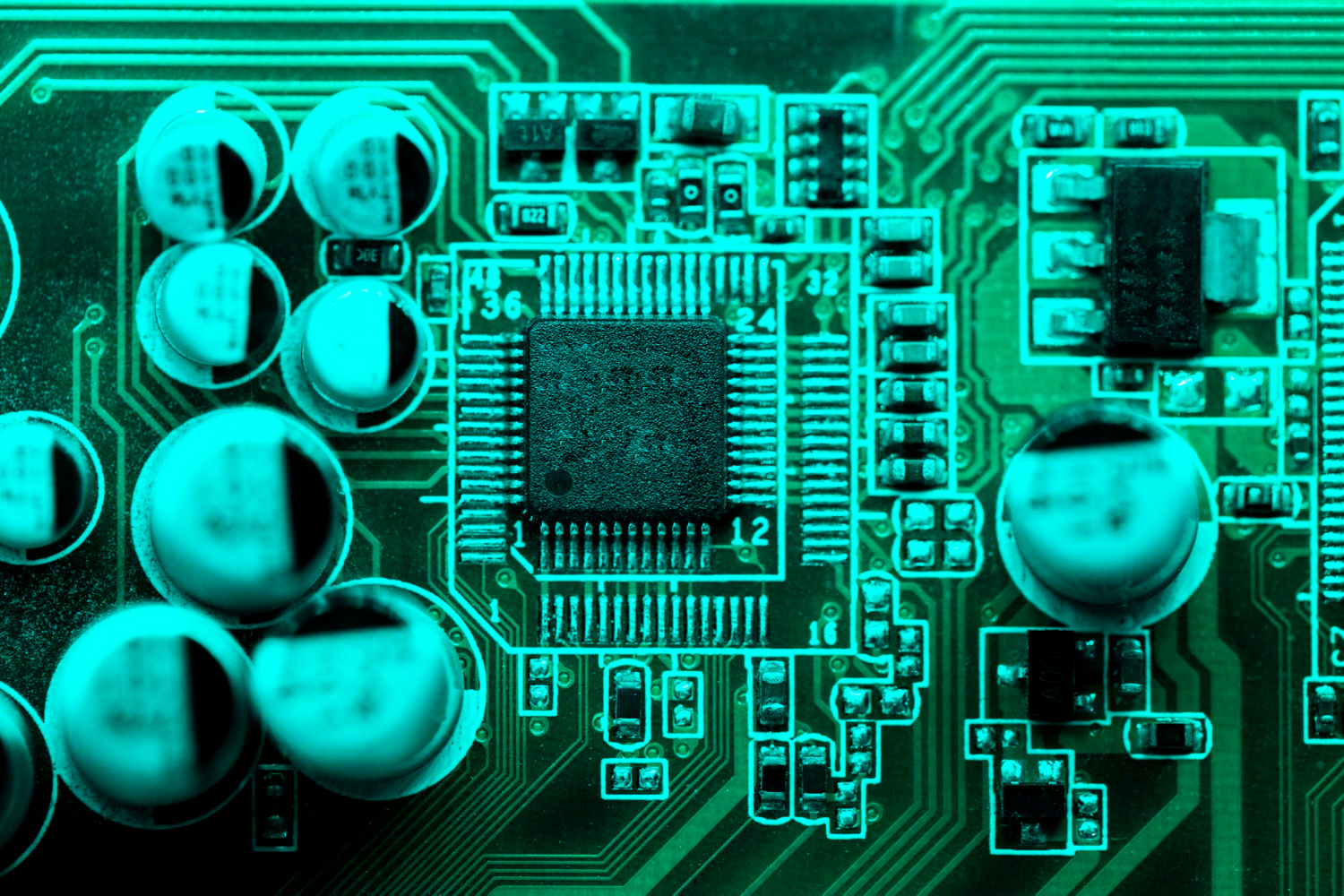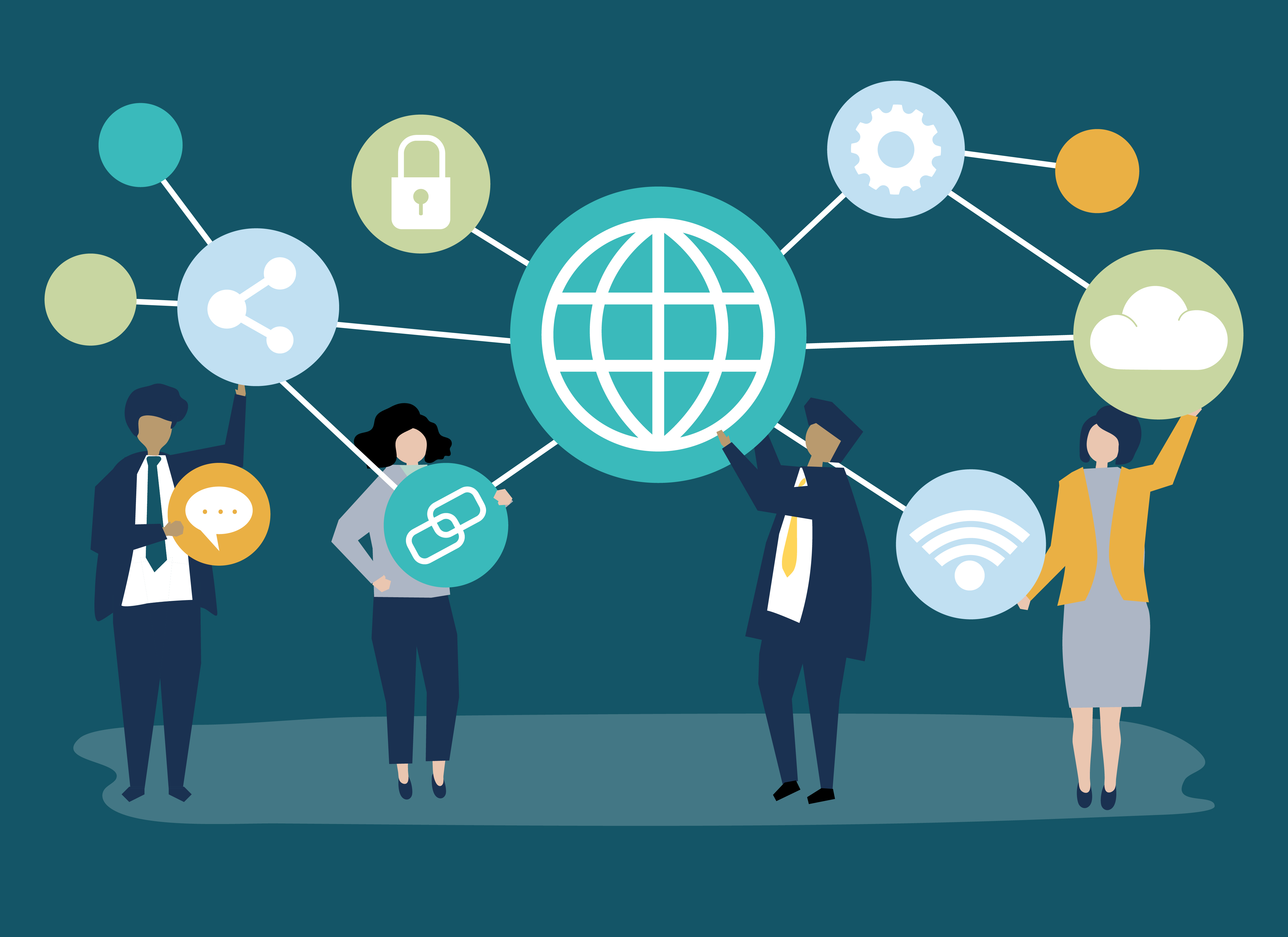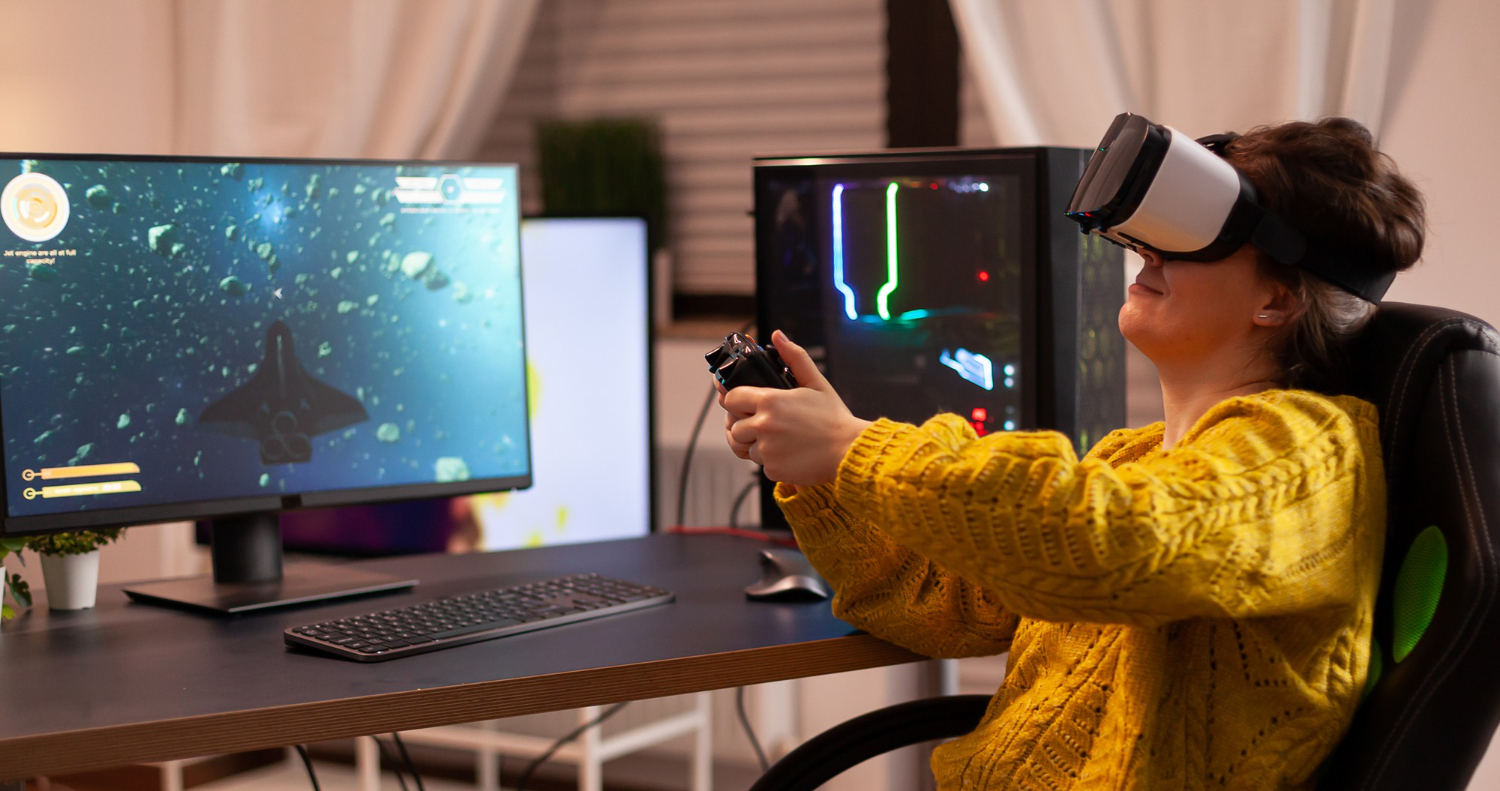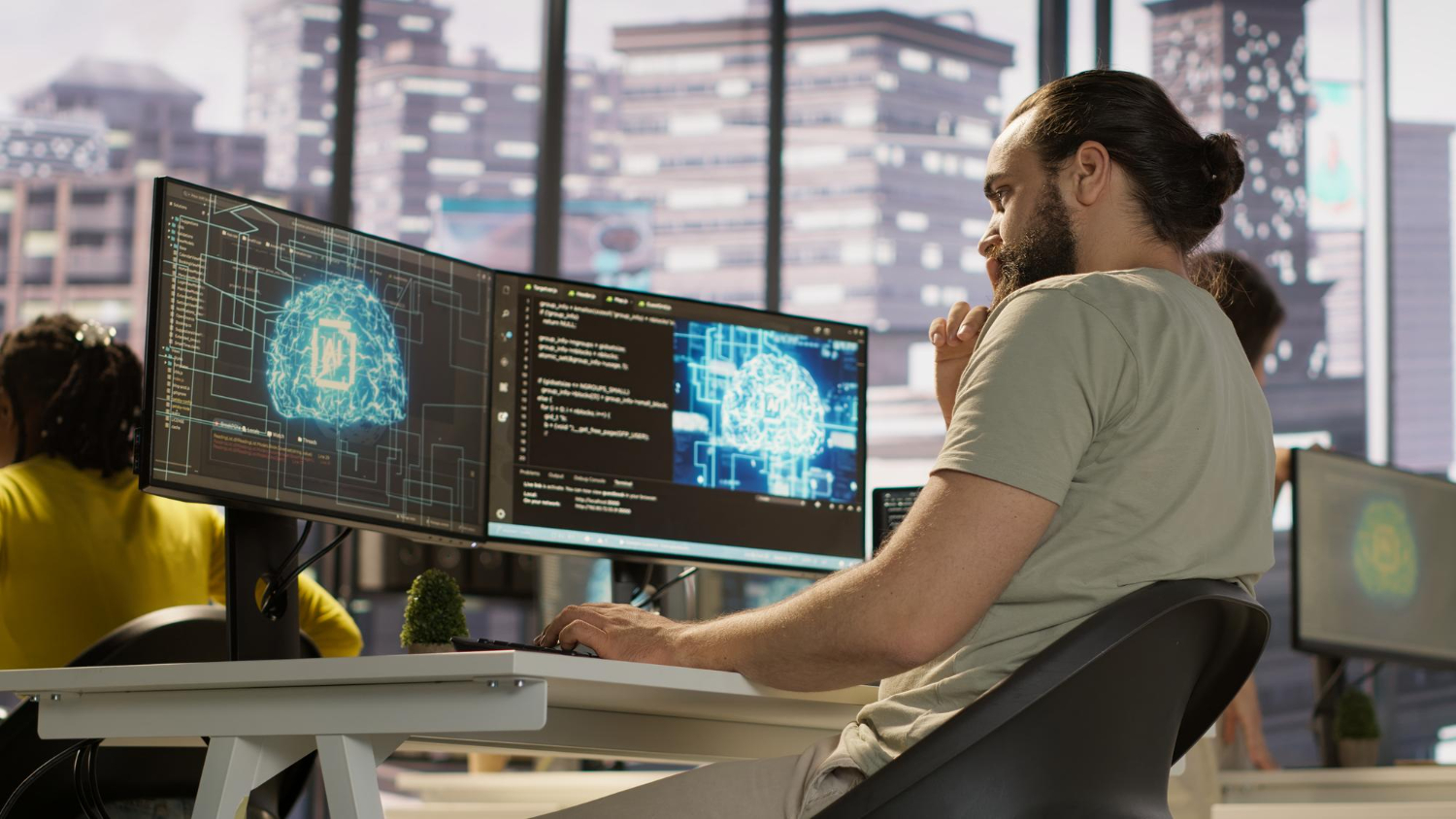Introduction
GPU programming is transforming machine learning, enabling faster and more efficient training of machine learning models. This technology leverages the power of Graphics Processing Units (GPUs) to handle complex computations. In this article, we will discuss the importance of GPU programming in machine learning, explore its applications, and explain how TechnoLynx can assist businesses in adopting this technology.
Understanding GPU Programming
Graphics Processing Unit (GPU) programming involves using GPUs for general-purpose computing tasks. Unlike CPUs, which have a few cores optimised for sequential processing, GPUs have thousands of smaller, efficient cores designed for parallel processing. This makes them ideal for tasks that can be parallelised, such as machine learning.
The Role of GPUs in Machine Learning
Speed and Efficiency
GPUs accelerate the training of machine learning models by handling multiple computations simultaneously. This is crucial for training complex neural networks, which require massive amounts of data and intensive computations.
Handling Large Data Sets
Machine learning models often require training on large data sets. GPUs, with their massive parallelism, process these data sets more quickly than traditional CPUs. This efficiency is essential for developing accurate and robust machine learning algorithms.
Programming Languages for GPU Programming
CUDA Programming Model
The CUDA programming model, developed by NVIDIA, is the most popular framework for GPU programming. It allows developers to use C, C++, and Fortran to write software that runs on NVIDIA GPUs. CUDA provides libraries, tools, and APIs that make it easier to implement machine learning algorithms.
Open Source Alternatives
Apart from CUDA, there are open-source alternatives like OpenCL. OpenCL is an open standard for cross-platform, parallel programming of diverse processors. It supports a wide range of devices, including GPUs, CPUs, and FPGAs, offering flexibility in programming for various hardware configurations.
Applications of GPU Programming in Machine Learning
Neural Networks
GPUs are particularly effective in training neural networks. Deep learning models, which involve multiple layers of neural networks, benefit greatly from the parallel processing capabilities of GPUs. This results in faster training times and more efficient model updates.
Supervised and Semi-Supervised Learning
In supervised machine learning, models are trained on labeled data. GPUs speed up this process by processing multiple data points simultaneously. Semi-supervised learning, which combines a small amount of labeled data with a large amount of unlabeled data, also benefits from GPU programming. The ability to handle large volumes of data efficiently is crucial in these scenarios.
Reinforcement Learning
Reinforcement learning involves training models to make a sequence of decisions. GPUs accelerate the training of these models by handling the numerous computations required for each decision step. This is particularly useful in applications like driving cars and developing recommendation engines.
Key Concepts in GPU Programming
GPU Architecture
Understanding GPU architecture is essential for effective GPU programming. GPUs consist of multiple streaming multiprocessors (SMs), each containing many smaller cores. These cores handle parallel tasks, making GPUs ideal for machine learning workloads.
Massive Parallelism
Massive parallelism is the core advantage of GPUs. By dividing tasks into smaller, parallel operations, GPUs can process large amounts of data simultaneously. This is particularly beneficial for machine learning, where training models involves numerous parallel computations.
Practical Implementation of GPU Programming
Setting Up the Environment
To start with GPU programming, you need to set up a development environment. This involves installing the necessary drivers and software, such as CUDA for NVIDIA GPUs. You also need to choose a suitable programming language, like Python, C++, or Fortran, and install relevant libraries and frameworks.
Writing GPU Code
Writing GPU code involves defining kernels, which are functions that run on the GPU. These kernels perform parallel computations on data. The CUDA programming model provides various APIs and tools to facilitate this process, making it easier to implement and optimise machine learning algorithms.
Optimising Performance
Optimisation is key to achieving the best performance in GPU programming. This involves minimising memory transfers between the CPU and GPU, maximising parallelism, and using efficient data structures. Proper optimisation ensures that your machine learning models run efficiently on GPUs.
Real-World Applications of GPU Programming
Driving Cars
Autonomous vehicles rely heavily on machine learning models trained on large data sets. GPUs enable these models to process real-time data from sensors and cameras, making quick and accurate decisions. This technology is crucial for the development of safe and reliable self-driving cars.
Read more on AI FOR AUTONOMOUS VEHICLES: REDEFINING TRANSPORTATION!
Recommendation Engines
Recommendation engines, used by platforms like social media and e-commerce sites, require real-time processing of user data to provide personalised suggestions. GPUs accelerate the training and deployment of these models, ensuring that users receive relevant recommendations quickly.
Social Media
Social media platforms use machine learning to analyse large amounts of user data. GPUs enable the rapid processing of this data, supporting tasks like sentiment analysis, user behavior prediction, and content recommendation. This results in a better user experience and more effective targeting of content.
Challenges and Solutions in GPU Programming
High Initial Costs
One of the main challenges of GPU programming is the high initial cost of GPUs and the required infrastructure. However, the long-term benefits in terms of speed and efficiency often outweigh these costs.
Complexity in Programming
GPU programming can be complex, requiring a good understanding of parallel computing and GPU architecture. This challenge can be mitigated by using high-level libraries and frameworks that simplify the development process.
Integration with Existing Systems
Integrating GPU programming with existing systems can be challenging. This involves ensuring compatibility with current hardware and software, as well as managing data transfers between the CPU and GPU. Proper planning and use of compatible tools can ease this integration.
Read our CEO’s view on The 3 Reasons Why GPUs Didn’t Work Out for You!
Future of GPU Programming in Machine Learning
Advancements in GPU Technology
As GPU technology continues to advance, we can expect even greater improvements in speed and efficiency. New architectures and features will further enhance the capabilities of GPUs, making them even more suitable for machine learning workloads.
Broader Adoption
The adoption of GPU programming in machine learning is expected to grow across various industries. From healthcare to finance, more sectors will leverage the power of GPUs to enhance their machine learning models and improve their services.
How TechnoLynx Can Help
TechnoLynx specialiwes in helping businesses adopt and implement GPU programming for machine learning. Our team of experts can guide you through every stage of the process, from setting up your environment to optimising your code.
-
Custom Solutions: We offer custom GPU programming solutions tailored to your specific needs. Whether you require assistance with neural networks, reinforcement learning, or other machine learning tasks, our team can develop the right solution for you.
-
Training and Support: TechnoLynx provides comprehensive training and support to help your team master GPU programming. Our training programs cover the fundamentals of GPU architecture, CUDA programming, and optimisation techniques. We also offer ongoing support to ensure your GPU programming efforts are successful.
-
Integration Services: We assist with the integration of GPU programming into your existing systems. Our experts ensure that your hardware and software are compatible, and manage data transfers between the CPU and GPU. This ensures a smooth and efficient integration process.
Conclusion
GPU programming plays a crucial role in the advancement of machine learning. Its ability to handle large data sets and perform parallel computations makes it essential for training complex machine learning models. Despite challenges such as high initial costs and complexity, the benefits of GPU programming are substantial.
TechnoLynx is here to help you navigate these challenges and make the most of GPU programming. Our custom solutions, training programs, and integration services ensure that you can leverage the power of GPUs to enhance your machine learning efforts.
Image credits: Freepik

